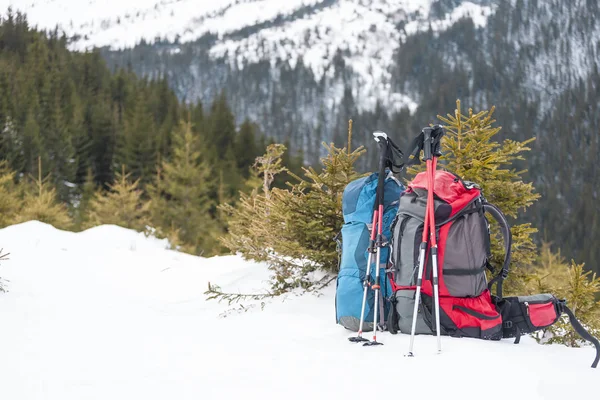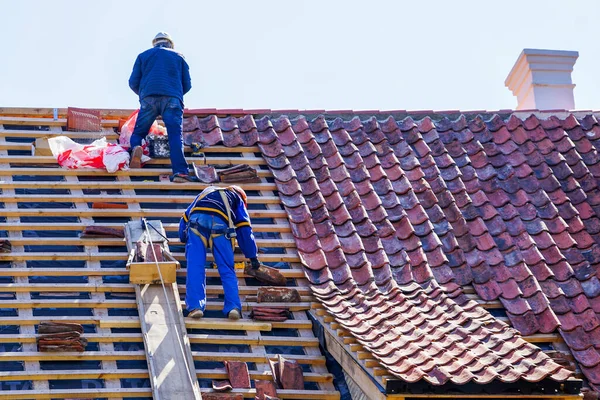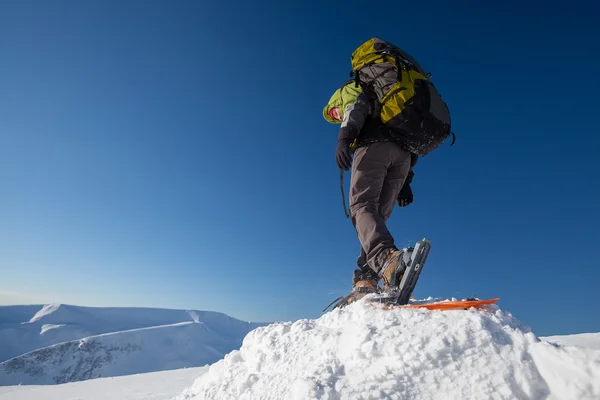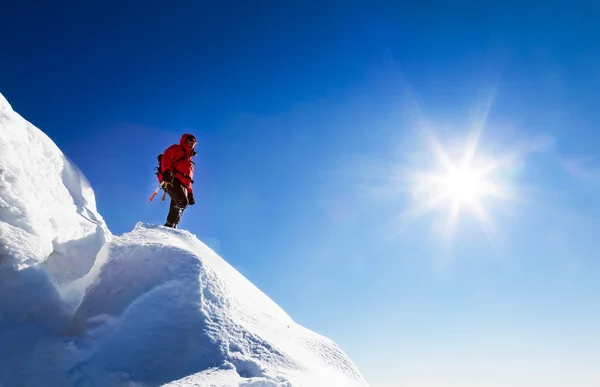To conquer a mountain safely you need physical fitness and knowledge of climbing techniques you should also be prepared to deal with medical emergencies like altitude sickness, hypothermia, and frostbite.
Start by gradually increasing your level of physical activity. Practice walking uphill and do hill walks on rough terrain. Also, learn to read a map and use a compass.
Map and compass
A map and compass are essential tools to have in order to navigate a mountain safely these devices provide a bird’s eye view of the terrain and allow hikers to identify landmarks and estimate distances between them. They also account for magnetic declination.
Maps and compasses are nigh-indestructible, require no batteries, and can be easily stored in waterproof cases they also offer redundancy, allowing hikers to continue navigation even when their GPS fails.
When using a map and compass, the first step is to orient the compass. This is done by aligning the orienting lines with the grid lines on the map. To do this, place the compass over the map and rotate the baseplate until the North seeking arrow matches the map’s north.
First aid kit
Whether it’s a cut, sprain or allergy, it’s important to be able to treat yourself and your group members on the go. That’s why it’s crucial to have the proper first aid kit for mountain climbing.
The best first aid kits for hiking and backpacking have everything you need to address a range of injuries they’re also easy to open find what you need, repack and close.
Here’s one that features a heavy-duty elastic tourniquet, Israeli compression bandage and blood-clotting granules. Plus, it has a large instruction sheet that walks you through treating severe bleeding. This makes it especially useful for traumatic injuries. It’s also an affordable option that includes quality name-brand items in a sturdy, convenient case. It’s perfect for families and smaller groups on week-long adventures.
Warm clothing
The right clothing is essential for mountain escapades because it allows you to regulate your body temperature, protects you from the elements and prevents injuries. In addition, it should be lightweight and flexible. If possible, you should also take a roll of duct tape – it’s useful for fixing any problems that may arise on the climb.
The first layer should be a light synthetic shirt and shorts, which should allow perspiration to evaporate while keeping the wearer warm. The second layer should be a heavy fleece or down parka that is wind-resistant. The outer layer should be made of a hardshell fabric that is water-proof and resistant to abrasion. This type of clothing is especially important for high-altitude climbing, where the weather can deteriorate quickly.
Water
If you are planning on climbing a mountain, it is important to bring plenty of water. Dehydration is a real danger at high altitudes, and it can be fatal if not treated promptly.
Make sure to monitor your hydration by examining the color of your urine. If it is a pale yellow to light straw color, you are well-hydrated. Avoid caffeinated and alcoholic beverages, as they can contribute to dehydration.
It is also important to eat food that provides energy and nutrition for your body during the climb. Choose high-protein foods, such as nuts and dried fruit, to sustain your energy levels throughout the day. It is also a good idea to pack a few energy bars for extra snacks. Make sure to bring a small first aid kit, such as a bandage, sterile pads, and a few medical gauze wraps.
Food
The food you eat is crucial for high-output activities like mountain climbing. You will need food that is easy to digest and high in calories. Climbers tend to avoid foods that require much cooking as this requires more fuel to cook on the mountain and can also reduce oxygen levels while you are climbing.
Most climbers eat purpose-made energy bars and energy gels to provide a gradual release of energy throughout the day. They also rely on nuts, dried fruits and other snacks to add some variety to their diets. Climbers should also try to pack their food in lightweight and secure packaging and consider repackaging bought foods into smaller portions, as this will reduce weight. Food texture and taste is important on mountains too, so make sure to include some options that are soft, crunchy or liquidy.



